The Manor of Cramlington is first recorded in the early 12th century, when the land was granted to Nicholas de Grenville. The original village developed around the manor house and chapel, dedicated to Saint Nicholas. The register of the early chaplains begins with ‘John the Clerk of Cramlington’, (c1163–80). The present parish church was built in the Gothic style during the 1860s. Described by the distinguished scholar Nikolaus Pevsner as ‘a proud church’, it stands close to the site of John the Clerk’s chapel.
A photograph and text about John the Clerk of Cramlington.
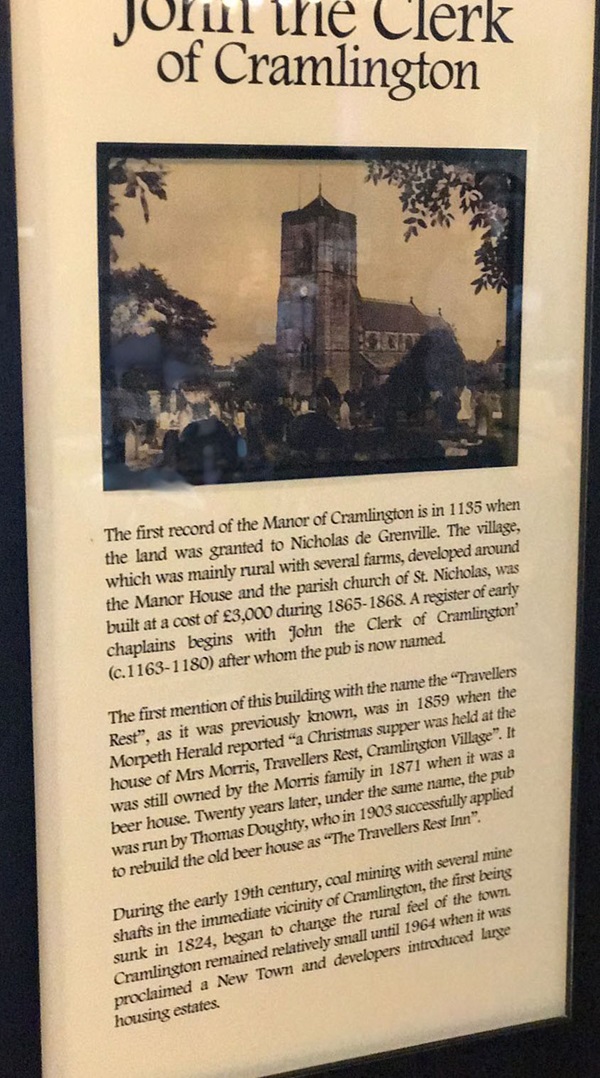
The text reads: The first record of the Manor of Cramlington is in 1135 when the land was granted to Nicholas de Grenville. The village, which was mainly rural with several farms, developed around the Manor House and the parish church of St Nicholas, was built at a cost of £3,000 during 1865-1868. A register of early chaplains begins with ‘John the Clerk of Cramlington’ (c1163-1180) after whom the pub is now named.
The first mention of this building with the name the ‘Travellers Rest’, as it was previously known was in 1859 when the Morpeth Herald reported “a Christmas supper was held at the house of Mrs Morris, Travellers Rest, Cramlington Village”. It was still owned by the Morris family in 1871 when it was a beer house. Twenty years later, under the same name, the pub was run by Thomas Doughty, who in 1903 successfully applied to rebuild the old beer house as The Travellers Rest Inn.
During the early 19th century, coal mining with several mine shafts in the immediate vicinity of Cramlington, the first being sunk in the immediate vicinity of Cramlington, the first being sunk in 1824, began to change the rural feel of the town. Cramlington remained relatively small until 1964 when it was proclaimed a New Town and developers introduced large housing estates.
A collection of vintage photographs.
This montage shows an early illustration of improved machinery for working coal mines, dated 1801 and a collection of vintage photographs including; Shankhouse Colliery and chauldron waggons, a collection of drivers with their trade vehicles c 1920, Cramlington Co-op horse & trap in 1911, the roof timbers of a circular gin gan at Moor Farm, Cramlington and Rington’s Tea Van in 1959.
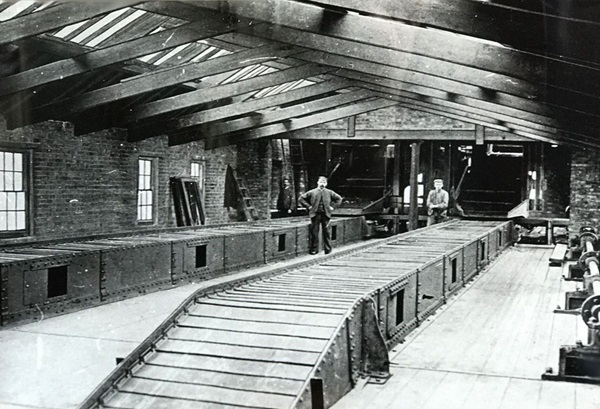
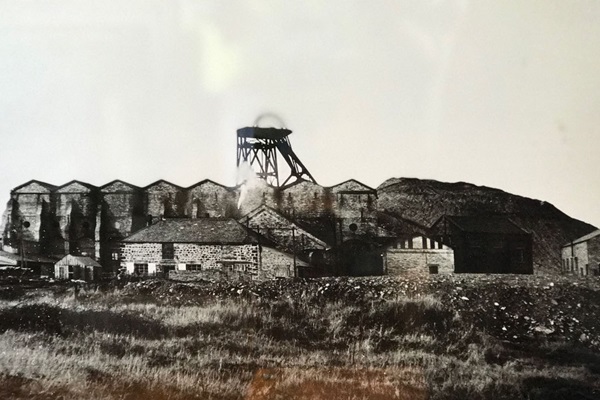
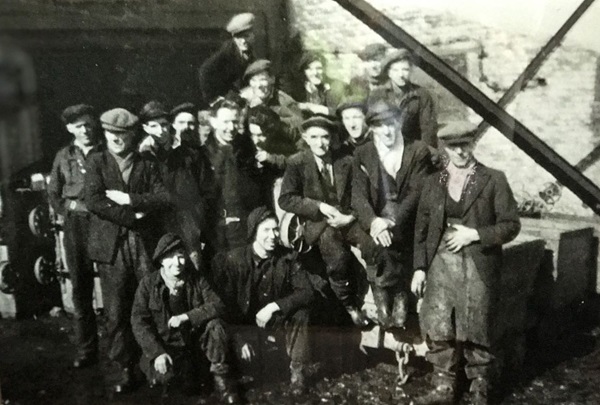
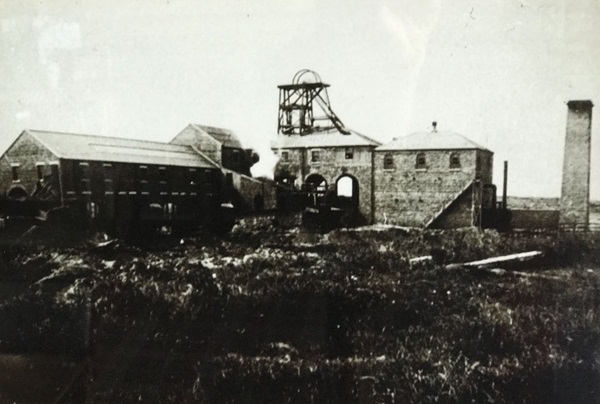
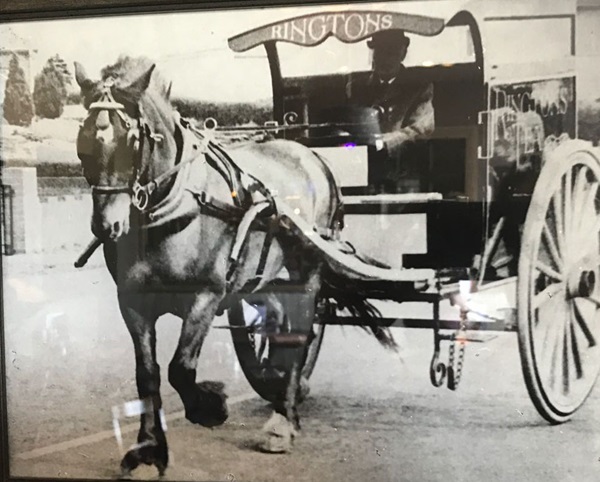
A photograph and text about aviation in Cramlington.

The text reads: During World War I, the north east of England was protected by the No. 36 Home Defence Squadron. The squadron was formed at Cramlington on 1 February 1916 by Captain RO Abercromby, with Cramlington subsequently becoming an important base for military planes and airships. The airship station was at Nelson Village. The 36 Home Defence squadron at Cramlington was responsible for defending the coastline between Newcastle upon Tyne and Whitby against German Zeppelin attacks.
On 17 November 1916, Second Lieutenant IV Pyott, flying a Royal Aircraft Factory, B.E.2c destroyed a German Zeppelin L.34 over Hartlepool, for which he was awarded the Distinguished Service Order. Once Zeppelin attacks on the north of England stopped, the squadron switched to training duties, becoming part of the Royal Air Force on 1 April 1918. A reference to Cramlington airfield is made in WE Johns 1955 book The Black Peril from the extremely popular Biggles series.
In 1784, Jean-Pierre Blanchard fitted a hand powered propeller to a balloon which is the first recorded means of propulsion carried aloft. In 1785 he crossed the English Channel in a balloon equipped with flapping wings for propulsion and a bird-like tail for steering.
A collection of vintage photographs.
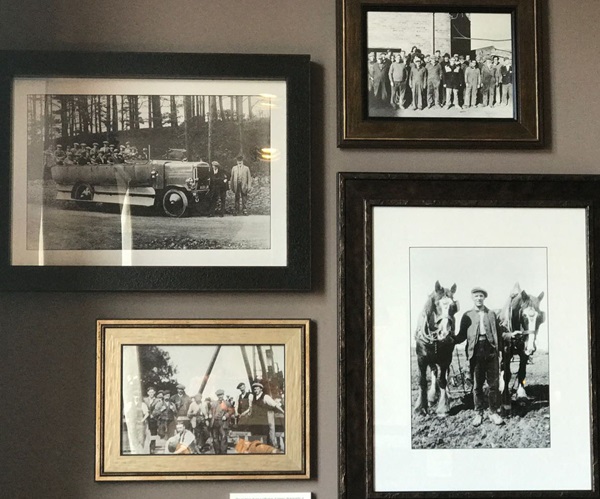
This montage shows a collection of vintage photographs of Cramlington tradesmen. From left to right they include; Brough’s Stores employees on a day trip in 1921 in Cramlington, workmen at east Cramlington brick yard, sinking a shaft at Wrighton Pit and Mr Fergus Foster in the fields with two ploughing horses on his wielding day in April 1933.
A sculpture entitled Hills and Water, by Alan Ross.
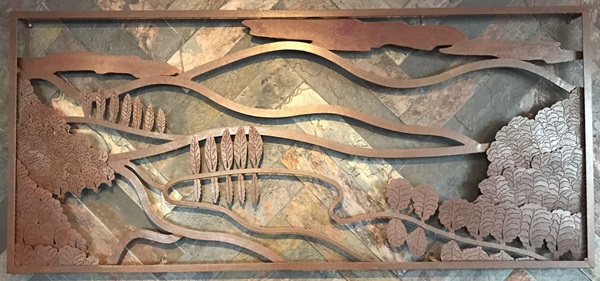
It was inspired by the lush rolling countryside of Northumberland and was produced by hand bending mild steel strips which are then welded to capture the curves and spaces typified by the local Cramlington countryside.
External photograph of the building – main entrance.

If you have information on the history of this pub, then we’d like you to share it with us. Please e-mail all information to: pubhistories@jdwetherspoon.co.uk